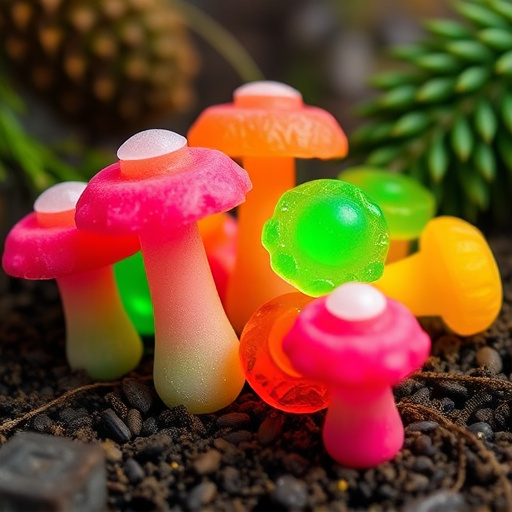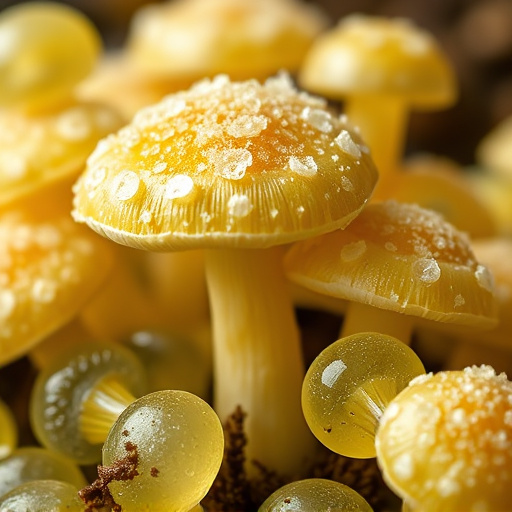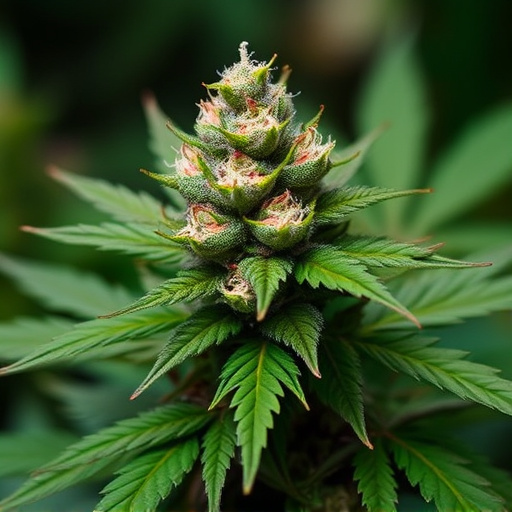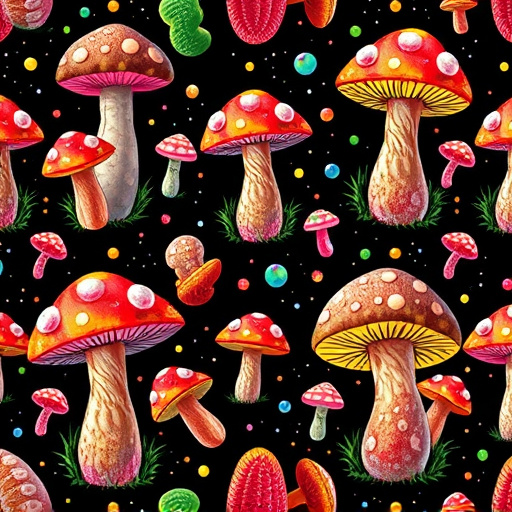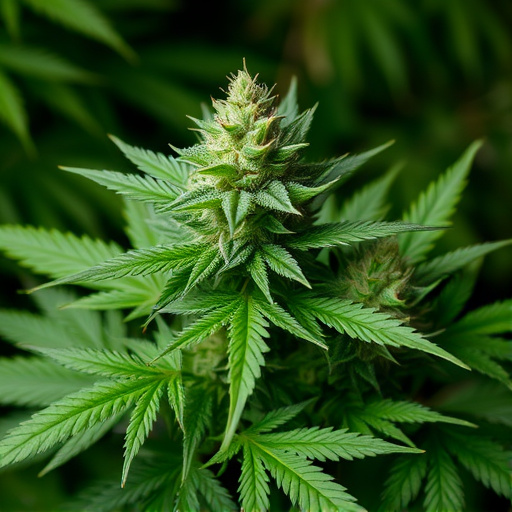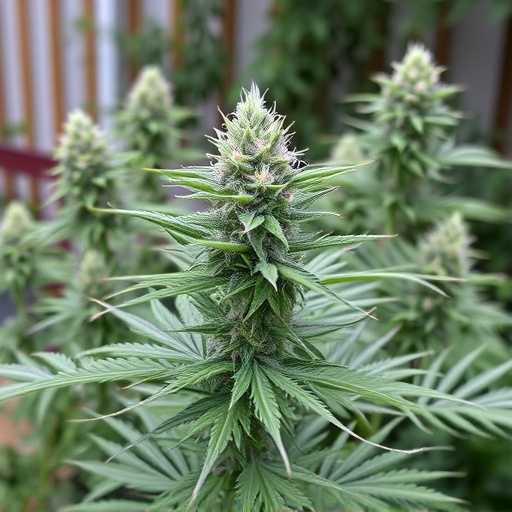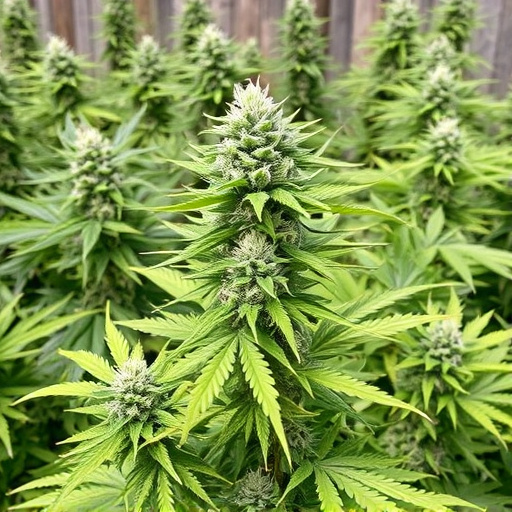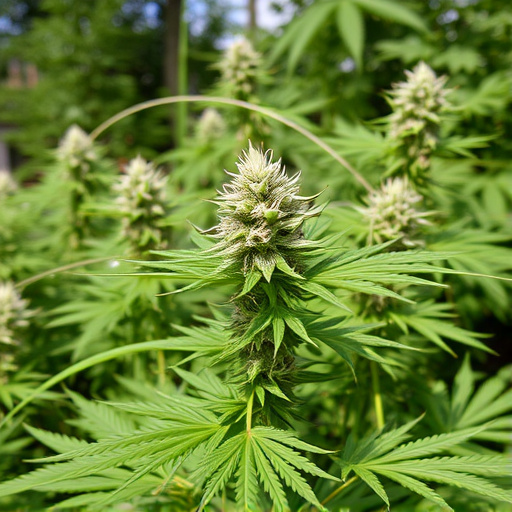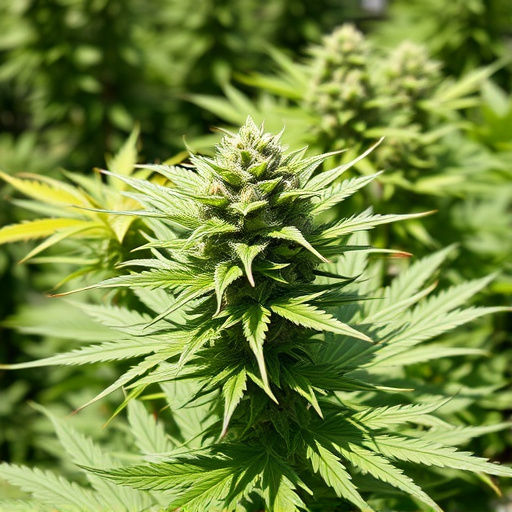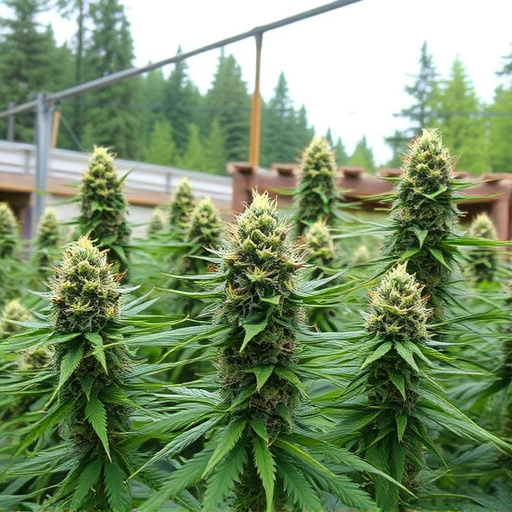Vaping, or vaporization, is a preferred method for enjoying outdoor cannabis strains due to its preservation of delicate flavors and aromas compared to traditional smoking. The optimal temperature for vaping varies based on strain composition (THC, CBD, terpenes), desired effects, and environmental conditions such as humidity and altitude. Understanding these factors ensures a rewarding experience, with sativas ideal for daytime use due to their energizing properties, and indicas promoting evening relaxation. Vaporizing between 350°F (177°C) to 410°F (210°C) maximizes flavor and potency while avoiding aftertastes or health risks from overheating.
Uncover the secrets to enhancing your outdoor cannabis experience through vaporization. This comprehensive guide explores the optimal vaporizing temperatures tailored for diverse outdoor cannabis strains. By understanding the science behind vaporization and its myriad benefits, we navigate factors influencing temperature settings, ensuring a personalized journey. From strain-specific characteristics to effective vaporization techniques, this article equips you with knowledge to unlock the full potential of your outdoor harvest.
- Understanding Vaporization and Its Benefits for Outdoor Cannabis Strains
- Factors Influencing Optimal Vaporizing Temperatures
- Strain-Specific Guidelines for Effective Vaporization
Understanding Vaporization and Its Benefits for Outdoor Cannabis Strains
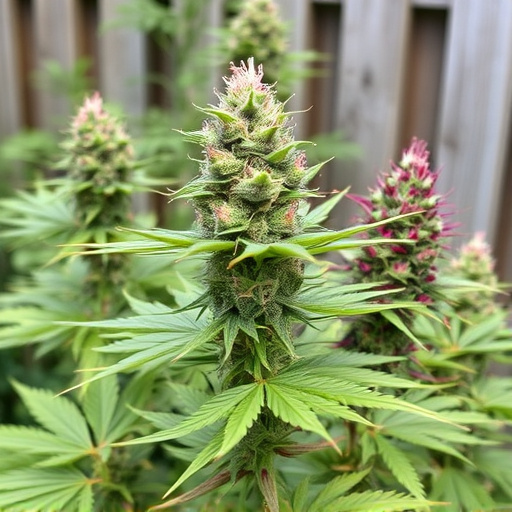
Vaporizing, or vaping, is a popular method for consuming cannabis, offering numerous advantages for outdoor cannabis strains. Unlike traditional smoking, vaporization involves heating cannabis to specific temperatures, causing the release of its active compounds without burning the plant material. This process preserves the delicate flavors and aromas that can be altered by smoke. One of the key benefits is that it allows users to control the temperature, ensuring a more precise and personalized experience.
For outdoor cannabis strains, which often boast diverse terpene profiles and complex flavors, vaporization can enhance these characteristics. Different temperatures correspond to the extraction of specific cannabinoids and terpenes, allowing consumers to select the desired effects. Lower temperatures (around 160-180°C) tend to produce a more mild, clear high, preserving the strain’s unique scents and tastes. Higher temperatures (above 200°C) can deliver a stronger, more potent effect but may also risk burning off desirable compounds, which is less likely when vaporizing.
Factors Influencing Optimal Vaporizing Temperatures
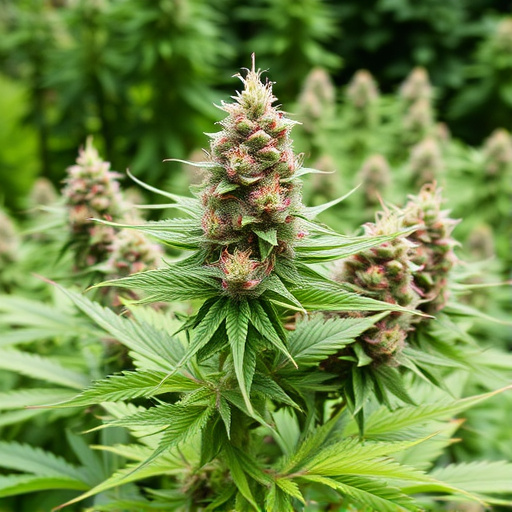
The optimal vaporizing temperature for weed can vary greatly depending on several factors, especially when it comes to outdoor cannabis strains. The most significant variable is the specific strain’s composition. Different strains have varying cannabinoid and terpene profiles, which affect how they vaporize. For example, indica strains tend to have lower optimal temperatures due to their higher levels of THC and certain terpenes that vaporize at lower heat, providing a smoother experience. Sativa strains, on the other hand, may require slightly higher temps to release their full spectrum of cannabinoids and terpenes effectively.
Another crucial factor is the desired effect sought by the user. If relaxation and sleep are the goals, lower temperatures (around 320-365°F or 160-185°C) can be ideal for preserving terpenes known for their calming properties. For a more energizing and uplifting high, slightly higher temps (365-400°F or 185-204°C) might be preferred as they can better extract the full range of cannabinoids. Additionally, environmental conditions, such as humidity and altitude, can influence temperature settings, as cannabis vaporizes differently in various climates.
Strain-Specific Guidelines for Effective Vaporization
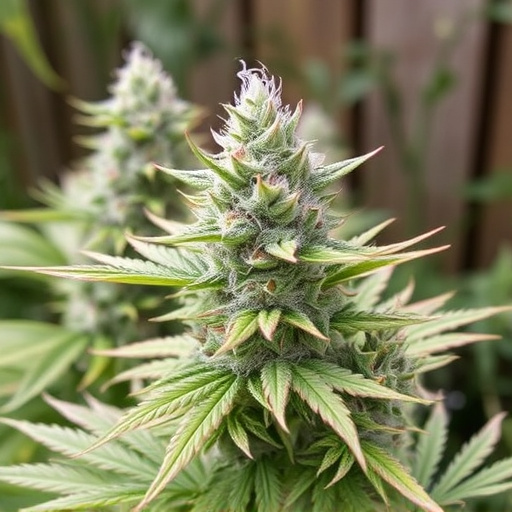
When it comes to optimal vaporizing temperatures for weed, understanding strain-specific guidelines is crucial for an effective and enjoyable experience. Different outdoor cannabis strains have unique chemical compositions, with varying levels of cannabinoids and terpenes. These compounds not only influence the flavor and aroma but also play a significant role in the therapeutic effects felt by users. For instance, Sativa strains often have lower THC concentrations and higher CBD content, making them ideal for daytime use due to their uplifting and energizing properties. In contrast, Indica strains tend to be richer in THC and provide more sedative effects suitable for evening relaxation.
Vaporizing at the right temperature ensures that these essential compounds are extracted without burning or altering their chemical structure. As a general guideline, outdoor cannabis strains can benefit from vaporizing between 350°F (177°C) to 410°F (210°C). Sativa-dominant strains may be best enjoyed at the lower end of this range, while Indica-heavy varieties might require slightly higher temperatures. It’s all about finding the sweet spot that maximizes flavor and potency while avoiding any unpleasant aftertastes or potential health risks associated with overheating.
Vaping optimal temperatures for outdoor cannabis strains is a delicate balance, but understanding these factors empowers cultivators to unlock the full potential of their plants. By considering strain-specific needs and environmental conditions, you can achieve a harmonious vapor experience that enhances flavor and efficacy. Remember, the key lies in precision and adaptation—a fine art in the world of outdoor cannabis cultivation.

